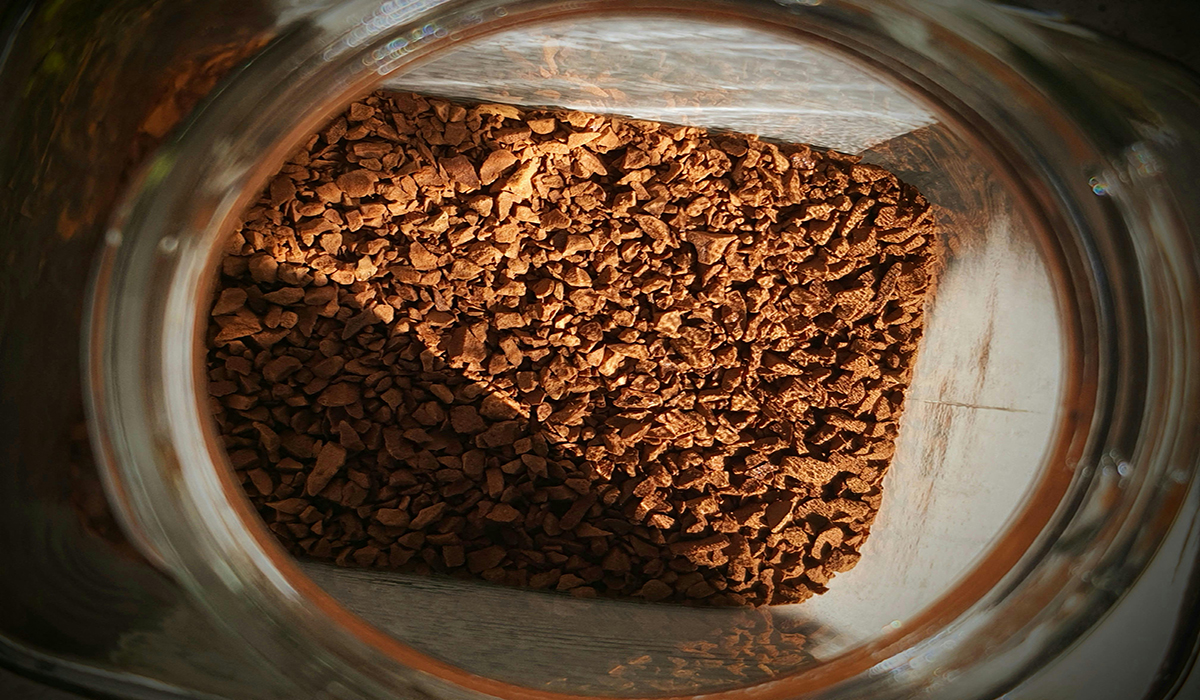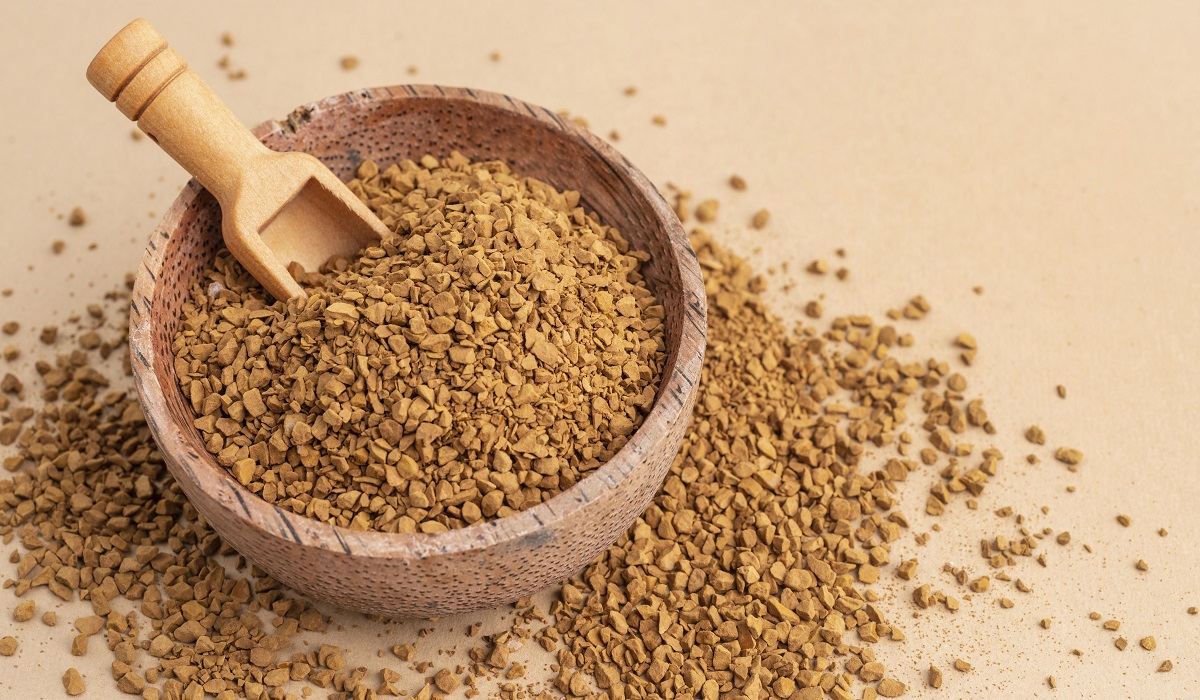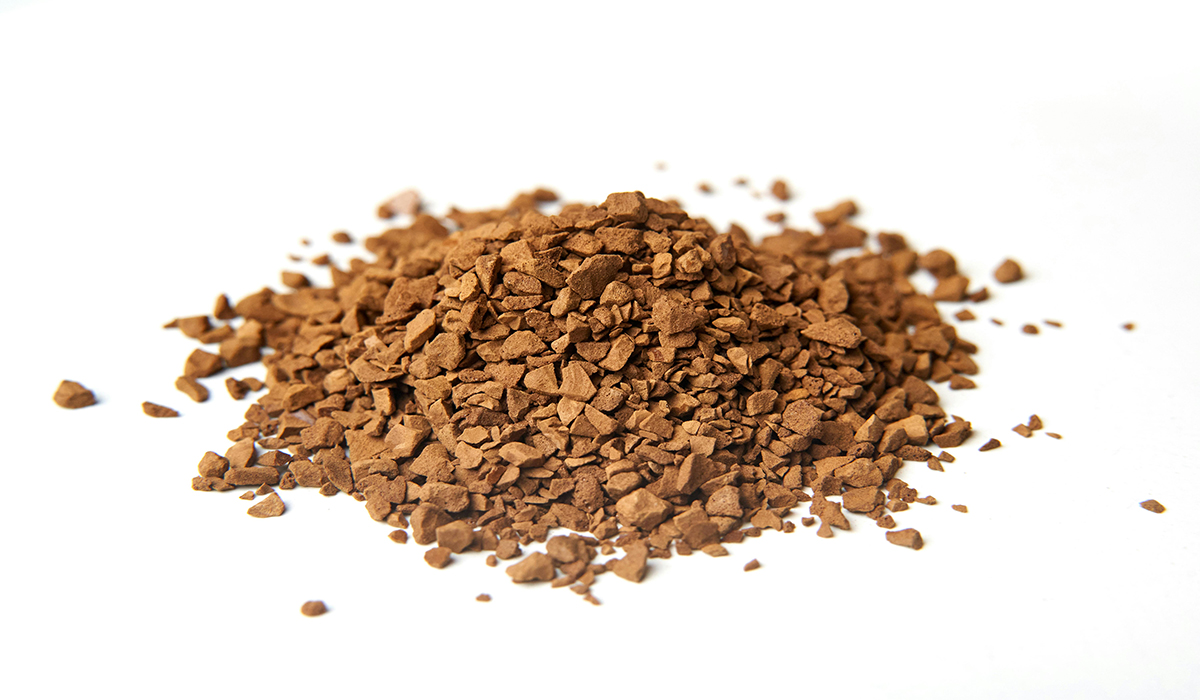What is the Instant Coffee Industry? Getting to Know Instant Coffee

Time is of special importance to many people. Many prefer to enjoy a cup of coffee wherever they are—at home, at work, or even while traveling—in the shortest possible time. In this context, instant coffee, with its speed and ease of preparation, has become one of the most popular types of coffee worldwide.
But what exactly is instant coffee and how is it made? Instant coffee is a powder or granules made through special industrial processes from roasted coffee beans. This concentrated coffee powder, simply by adding hot water, becomes a ready-to-drink cup of coffee in just a few seconds.
Instant coffee is one of the most popular beverages in the world, with many fans due to its convenience and quick preparation. In the following, we will take a closer look at the history of its emergence, production stages, and characteristics of instant coffee—from how to prepare instant coffee to the types of instant coffee, its benefits, and even the potential drawbacks of instant coffee. If you’re looking to discover the best instant coffee in Iran or find the strongest high-caffeine instant coffee, this guide is written exactly for you.
The Origin and History of Instant Coffee
The idea of producing instant coffee was first proposed in 1890 by David Strang, a New Zealand chemist. He managed to dry coffee extract using special methods and turn it into powder in such a way that, when hot water was added, it would bring back the taste and aroma of coffee.
However, due to its rather poor taste and quality, this type of coffee did not gain popularity for many years. Eventually, during World War II, the U.S. military was looking for a way to provide coffee to its soldiers. At that time, Nestlé succeeded in improving Strang’s production method and created a higher-quality and better-tasting form of instant coffee. Initially produced exclusively for military use, the product was later introduced to the general consumer market under the brand name Nescafé, and gradually earned its place in households worldwide.
What Is Instant Coffee?
Instant coffee is a type of coffee made from dried coffee extract. This coffee becomes ready to drink simply by adding hot water—without the need for lengthy brewing. For those who don’t have enough time to prepare traditional coffee, it’s an excellent choice.
Types of Instant Coffee
Today, various types of instant coffee are available on the market, each with its own specific features:
- Classic Instant Coffee – A simple, traditional flavor suitable for daily use
- Gold Instant Coffee – A milder taste and higher quality compared to classic types
- Instant Espresso – A more concentrated extract with a higher caffeine content
- Decaf Instant Coffee – Suitable for those sensitive to caffeine
- 3-in-1 Instant Coffee – A combination of coffee, sugar, and creamer for faster preparation
Choosing the right type depends on your taste preferences and daily needs.
Best High-Caffeine Instant Coffee
If you’re looking for an energy boost, choosing the best high-caffeine instant coffee is essential. Instant espresso or products labeled “High Caffeine” are great options. However, be mindful to consume them in moderation to avoid side effects from excessive caffeine intake.
Best Instant Coffee in Iran
The Iranian market offers a variety of well-known instant coffee brands, including:
- Nescafé
- Klassno
- MultiCafe
- Various Iranian coffee mix brands
Each of these can be a suitable choice depending on your taste and daily needs. For higher quality, it’s recommended to go with reputable domestic or international brands.
How Instant Coffee Is Made
To make instant coffee powder, selected coffee beans are first roasted and ground. The resulting coffee powder is then processed under high heat and pressure with water to extract a concentrated coffee liquid. This concentrated extract goes through a drying process, typically using one of two methods:
- Freeze-Drying: The coffee extract is frozen and then dried in a vacuum. This method preserves more flavor and aroma but is more costly.
- Spray-Drying: The concentrated extract is sprayed into a chamber with extremely hot air. The fine droplets dry within seconds and turn into powder or small crystals. While this method may slightly reduce flavor quality, it’s faster and more cost-effective, making it the most commonly used technique.
Benefits of Instant Coffee
Instant coffee offers several advantages, including:
- Contains strong antioxidants that support overall health
- Enhances brain function and concentration
- Aids in fat burning and boosts metabolism
- May lower the risk of diseases such as type 2 diabetes and Parkinson’s
In moderation, instant coffee can be part of a healthy lifestyle.
Side Effects of Instant Coffee
Despite its benefits, instant coffee has some drawbacks:
- Overconsumption may lead to insomnia, anxiety, or digestive issues
- Some commercial types may include additives or preservatives
- Excessive caffeine intake over time may lead to dependence
To enjoy its benefits without the downsides, it’s best to consume instant coffee in moderation.
Pros and Cons of Instant Coffee
The biggest advantage of instant coffee is its ease and speed of preparation. Wherever you are, you can enjoy a cup of coffee within seconds simply by adding hot water. Its compact size and light weight make it easy to carry—ideal for travel, work, or any location.
Also, thanks to its low moisture content, instant coffee has a long shelf life and doesn’t require special storage conditions. However, it does have some disadvantages. Most notably, the final taste and quality usually fall short compared to freshly brewed coffee made from whole beans. The production process of instant coffee leads to the loss of some natural oils, flavors, and aromas.
That said, technological advancements in recent years have significantly improved the quality of instant coffee. Still, it remains less comparable to freshly brewed coffee.
Additionally, it’s said that instant coffee generally contains less caffeine than regular brewed coffee, and in some cases, lower-quality beans may be used in its production.
How to Make Instant Coffee
Making instant coffee is very simple. Just:
- Put one teaspoon of instant coffee powder into a cup.
- Pour boiled water over the powder.
- Stir and enjoy!
How to Make Instant Coffee Without a Machine
If a coffee maker is not available, making instant coffee without a machine is very easy:
- You only need a cup, a spoonful of instant coffee, and hot water.
- You can have coffee ready in less than a minute.
How to Make Instant Coffee with a Machine
If you have access to a coffee maker, here are the steps to make instant coffee with a machine:
- Pour the appropriate amount of instant coffee powder into the machine’s compartment.
- Add hot water and turn on the machine.
- The machine will brew tastier coffee at the right temperature.
How to Make Instant Coffee Without Milk
Many people prefer the pure taste of coffee. To make instant coffee without milk:
- Only hot water and coffee powder are needed.
- This method gives the coffee a more bitter and authentic flavor.
How to Make Instant Coffee with Milk
For fans of latte or a milder taste, making instant coffee with milk is great:
- Pour the desired amount of instant coffee powder into a cup.
- Add heated (not boiled) milk.
- Add a bit of sugar or your preferred sweetener for better flavor.
The Position of the Instant Coffee Industry in Iran and the World
Today, the instant coffee industry has gained a significant position in the global coffee industry. Large international companies such as Nestlé (Nescafé brand) and Jacobs hold a major share of this market. Also, American companies like Maxwell House and Folgers each account for over 10% of the global instant coffee trade.
Alongside these industry giants, small and medium local companies are also active in many countries, including Iran. In the Iranian market, companies such as Golestan (under the brand Multi Cafe) are engaged in instant coffee production.
Parto Padideh Company is also one of the pioneers in Iran’s coffee industry. By processing and supplying various coffee beans, it paves the way for the production of high-quality instant coffee. According to customs statistics, the annual import volume of green coffee beans to Iran is estimated to be about 50,000 tons, a significant portion of which is used in the production of instant coffee.
At a Glance
Despite being over a century old, the instant coffee industry continues to grow and develop. This product, born of innovation and technology in the coffee sector, offers many advantages to consumers, including ease of preparation, portability, and long shelf life.
Although the quality and taste of instant coffee still can’t match freshly brewed coffee, recent advancements in this industry promise further improvements in the quality of this popular product. Numerous large and small companies around the world are competing to gain a larger share of the instant coffee market.
In Iran as well, the production of instant coffee alongside other coffee products is a growing industry. Players in this field, relying on their knowledge and experience, are striving to meet the needs of Iranian consumers with the best possible quality.



